MARKET OVERVIEW
In the technology industry, the Opto Semiconductors Market stands as a beacon of innovation and progress. This sector, often overshadowed by its more prominent counterparts, is a fascinating domain where light and electronics converge to shape the future of various applications. As the world hurtles toward an increasingly digital and interconnected future, opto semiconductors have come to play a vital role in the heart of electronic devices and systems.
At the core of the Opto Semiconductors family lies the Light Emitting Diode, or simply, the LED. LEDs are electronic components that emit light when an electric current flows through them. These miniature wonders have transformed the way we light up our lives. LEDs come in various colors and sizes, and their efficiency and durability have made them the go-to choice for everything from household lighting to high-definition displays.
The intricate workings of Opto Semiconductors involve the interaction between semiconductors and photons. In LEDs, when electrons and holes recombine in the semiconductor material, they release energy in the form of photons, creating light. In photodetectors, incoming photons trigger electron-hole pairs, generating an electrical current. The choice of semiconductor material, such as gallium arsenide or silicon, determines the device's properties. Opto Semiconductors have undoubtedly revolutionized our world. From the everyday illumination in our homes to the intricate communication networks connecting us globally, these devices have become the unsung heroes of the technological age. Their ever-evolving capabilities continue to drive innovation across numerous industries, and their pivotal role in our daily lives is undeniable.
As we look to the future, it's clear that Opto Semiconductors will remain at the forefront of technological advancement, pushing the boundaries of what's possible and shaping the world in ways we can only imagine. These small but mighty devices have truly illuminated our lives, both figuratively and literally, and their significance will only grow with time
Global Opto Semiconductors market is estimated to reach $83.8 Million by 2030; growing at a CAGR of 9.2% from 2023 to 2030.
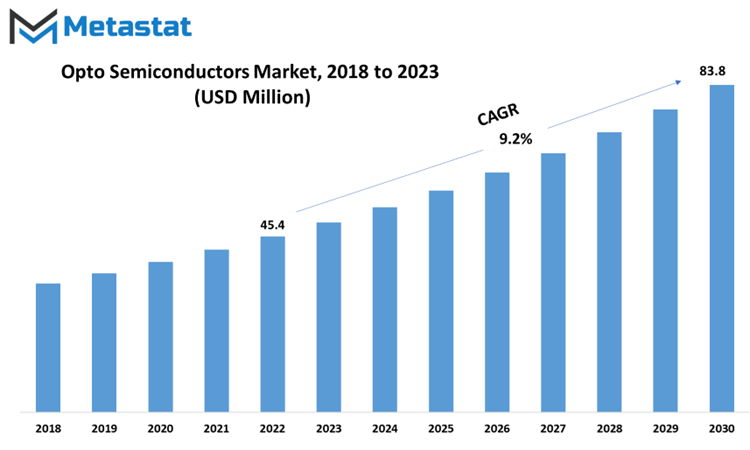
GROWTH FACTORS
The Opto Semiconductors market is influenced by several critical factors that shape its trajectory. Two prominent driving factors are the growing demand for energy-efficient lighting solutions and displays, particularly in the case of Light Emitting Diodes (LEDs), and rapid technological advancements within the field.
The pursuit of energy efficiency has become a global priority. As a result, the market for opto semiconductors, especially LEDs, has experienced significant growth. LEDs are renowned for their energy efficiency and longevity, making them a preferred choice for lighting solutions and displays. This increasing demand contributes to the expansion of the opto semiconductor market.
Moreover, continuous innovations in opto semiconductor technology fuel market growth. These innovations encompass miniaturization and enhancements in performance. Smaller and more efficient opto semiconductor devices are continually emerging, meeting the demands of various industries. Therefore, the market remains dynamic and competitive, driven by the perpetual need for improved performance.
However, the market is not without its challenges. High initial costs serve as a potential deterrent. The advanced technology and complex manufacturing processes associated with opto semiconductors can result in substantial upfront expenses. This may limit the adoption of opto semiconductor solutions, particularly for smaller businesses or those with budget constraints.
Another challenge lies in the complex integration of opto semiconductor devices into existing systems, especially in niche applications. The integration process can be intricate, requiring specialized knowledge and, at times, the development of unique solutions. This complexity may pose obstacles to the market's growth, as it can deter potential adopters.
On the horizon, the proliferation of the Internet of Things (IoT) brings promising opportunities for the opto semiconductor market. The emergence of IoT applications in sensor networks and smart devices offers fertile ground for these semiconductors. The increasing interconnectedness of devices and systems in the IoT era demands efficient and high-performing opto semiconductor components, opening a new avenue for market expansion.
In conclusion, the Opto Semiconductors market is strongly influenced by the demand for energy-efficient solutions, rapid technological advancements, challenges related to high initial costs and complex integration, and the promising opportunities presented by emerging IoT applications. These factors collectively shape the present and future landscape of the market
MARKET SEGMENTATION
By Type
The Opto Semiconductors market is a diverse landscape, encompassing various segments, each with its own economic significance. In 2022, several key segments stood out in terms of their market value.
The LED and Li-Fi Equipment segment, for instance, was valued at 14.2 USD Billion. Light-Emitting Diodes (LEDs) play a crucial role in various industries, from lighting to displays. Additionally, Li-Fi equipment, a technology that uses light to transmit data, is gaining prominence in the communication sector. This segment's substantial value reflects the growing demand for efficient lighting solutions and innovative data transmission technologies.
The Image Sensors segment, valued at 9.21 USD Billion in 2022, is another noteworthy component of the Opto Semiconductors market. Image sensors are integral to cameras, smartphones, and various imaging devices. As these technologies continue to evolve, so does the demand for high-quality image sensors.
In the Infrared Component segment, the market value reached 6.67 USD Billion in 2022. Infrared components find applications in night vision, remote controls, and thermal imaging. The segment's value signifies the importance of these components in various industries, including defense, consumer electronics, and healthcare.
Optocouplers, with a market value of 4.52 USD Billion in 2022, are essential for electrical isolation in electronic devices. They prevent interference and ensure the safe operation of equipment. As industries become increasingly reliant on electronic systems, the demand for optocouplers remains robust.
Laser Diodes, valued at 4.28 USD Billion in 2022, are key components in laser technology, utilized in various applications, from medical devices to telecommunications. Their versatility and precision make them indispensable in an array of industries.
The Optical Down Converters segment, with a market value of 2.45 USD Billion, plays a significant role in converting optical signals to electrical signals. This technology is vital in optical communication systems, ensuring efficient data transmission.
Laser Levelling and Gyroscopes, valued at 1.99 USD Billion, are crucial in construction and navigation. These technologies contribute to precision and accuracy in tasks ranging from land leveling to aerospace.
The Others segment, valued at 1.48 USD Billion in 2022, encompasses various opto semiconductor products that do not fall within the specific categories of the segments. This diverse category reflects the continuous innovation and expansion of the Opto Semiconductors market.
In summary, the Opto Semiconductors market comprises multiple segments, each with its unique significance. The values attributed to these segments in 2022 shed light on their respective importance and the growing demand for opto semiconductor products in various industries. The continuous evolution of technology and the increasing reliance on electronic and optical systems are expected to drive further growth in this dynamic market.
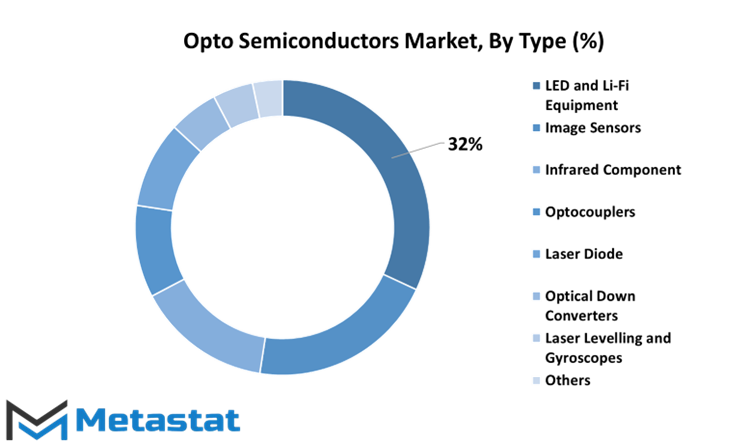
By Application
The Opto Semiconductors Market encompasses various applications. These applications are key drivers of the market's growth, reflecting their significance in today's technological landscape. In 2022, these application segments showed substantial value in the market, underlining their importance in the industry.
Consumer Electronics, one of the primary applications of opto semiconductors, held a substantial market value of 15 billion USD in 2022. This reflects the pivotal role of opto semiconductors in powering the devices we use daily, such as smartphones, televisions, and digital cameras. Information Processing and Telecommunications, another critical segment, boasted a value of 13 billion USD in 2022. The seamless flow of information in our interconnected world heavily relies on opto semiconductors. They play a crucial role in data transmission and processing in telecommunication networks and information systems.
Opto semiconductors also found applications in the automotive industry, with the segment being valued at 8.82 billion USD in 2022. This demonstrates the growing integration of opto semiconductors in modern vehicles, contributing to advancements in safety, entertainment, and energy efficiency.
The Medical Application segment, valued at 4.38 billion USD in 2022, illustrates the critical role of opto semiconductors in medical technology. From diagnostic equipment to advanced imaging systems, these semiconductors facilitate cutting-edge medical practices and healthcare solutions.
Aerospace & Defense, a sector demanding high-performance and reliability, had a market value of 2.29 billion USD in 2022. Opto semiconductors are instrumental in various aerospace and defense applications, including navigation systems, communication equipment, and surveillance technology.
Furthermore, the others segment, valued at 1.32 billion USD in 2022, encompasses various niche applications. These may include industrial automation, environmental monitoring, and scientific instruments, demonstrating the versatility of opto semiconductors in addressing diverse industry needs.
In summary, the Opto Semiconductors Market plays a pivotal role in various applications, each with its unique demands and contributions. The significant values associated with these application segments in 2022 underscore the widespread use and importance of opto semiconductors in our increasingly technology-driven world.
By End-Users
The Opto Semiconductors Market, an integral part of the tech industry, caters to diverse end-users, with distinct segments that have witnessed significant growth in recent years.
The Industrial segment, a pivotal component of the Opto Semiconductors Market, recorded a substantial value of 35 USD Billion in 2022. This segment plays a fundamental role in powering various industrial applications, ranging from manufacturing and automation to quality control processes. The consistent growth in the industrial sector, driven by technological advancements and the increasing demand for efficient and reliable processes, has contributed to the prominence of the Opto Semiconductors Market in this domain.
In addition to the Industrial segment, the Commercial sector also holds a notable position in the Opto Semiconductors Market. In 2022, it exhibited a valuation of 6.98 USD Billion. This segment caters to the specific needs of commercial enterprises, including businesses, offices, and public spaces. It encompasses a wide range of applications, from lighting and signage to displays and sensors. The surge in the commercial sector, driven by urbanization and the growing number of businesses, has led to an increased demand for opto semiconductors.
Another crucial segment in the Opto Semiconductors Market is Residential, with a value of 2.79 USD Billion in 2022. This segment addresses the needs of the residential domain, where opto semiconductors find applications in various lighting and display solutions, as well as in consumer electronics. The growing trend of smart homes and the rising demand for energy-efficient lighting systems have contributed to the growth of this segment.
In conclusion, the Opto Semiconductors Market thrives with its diverse applications, where each end-user segment, be it Industrial, Commercial, or Residential, plays a vital role in driving the market's growth. As technology continues to advance and the demand for energy-efficient and high-performance solutions increases, the Opto Semiconductors Market is poised for further expansion, catering to the distinctive needs of these segments.
REGIONAL ANALYSIS
The global Opto Semiconductors market exhibits distinct patterns based on geography. In North America, the market was valued at 8.4 USD Billion in 2018. Meanwhile, Europe accounted for an estimated value of 5.86 USD Billion in the same year. These figures shed light on the regional variations in the market's performance, influenced by a range of factors such as technological advancement, consumer demand, and economic conditions. It's important to note that these figures represent the market's worth in specific regions at a particular point in time, offering insights into the market's relative size and potential for growth or change.
North America's relatively higher market valuation may be attributed to factors like a robust technological sector, a strong presence of key industry players, and a high consumer demand for opto semiconductors. This region's economic stability and innovative landscape provide fertile ground for the opto semiconductors market to thrive.
In contrast, Europe's slightly lower market valuation could be influenced by factors such as economic fluctuations and diverse market conditions across different European countries. The market's valuation in Europe, although slightly less than that of North America, still signifies a substantial and potentially lucrative market for opto semiconductors.
These geographical disparities emphasize the need for businesses and industry players to adopt region-specific strategies and understand the unique dynamics of each market. This insight can help them make informed decisions about investments, product development, and market expansion. Additionally, these figures serve as indicators of the ongoing evolution of the global opto semiconductors market, reflecting the adaptability and responsiveness of the industry to regional nuances and demands.
COMPETITIVE PLAYERS
The Opto Semiconductors market is a dynamic landscape where light and electronics converge. It's a world where innovation thrives, and light-based technologies find their applications in various fields.
Key players in the Opto Semiconductors industry, such as Broadcom Inc and Toshiba Corporation, play vital roles in shaping this space. They are not mere participants but influencers, driving advancements and pushing the boundaries of what's possible with light-based technology. Broadcom Inc, a prominent player, contributes significantly to the field. They bring their expertise to various areas, from fiber optics to LED solutions. These innovations find applications in data centers, telecommunications, and even consumer electronics, where high-speed data transmission and efficient power usage are crucial.
On the other hand, Toshiba Corporation, with its deep-rooted history in electronics, brings a wealth of experience to the Opto Semiconductors market. They have a significant footprint in the field, providing optical semiconductors for a wide range of industries. Their contributions extend to automotive applications, healthcare, and energy-efficient lighting solutions. These key players not only drive technological advancements but also have a global reach, ensuring that the benefits of Opto Semiconductors are experienced on a worldwide scale. They are instrumental in making these technologies accessible and practical in various sectors, thereby enhancing the way we live and work.
In this ever-evolving Opto Semiconductors market, the roles of these key players are pivotal. Their innovations illuminate the path to a brighter and more efficient future, where light and electronics seamlessly blend to create a myriad of possibilities.
Opto Semiconductors Market Key Segments:
By Type
- LED and Li-Fi Equipment
- Image Sensors
- Infrared Component
- Optocouplers
- Laser Diode
- Optical Down Converters
- Laser Levelling and Gyroscopes
- Others
By Application
- Consumer Electronics
- Information Processing and Telecommunications
- Automotive Applications
- Medical Application
- Aerospace & Defense
- Others
By End-Users
- Industrial
- Commercial
- Residential
Key Global Opto Semiconductors Industry Players
- Broadcom Inc
- Toshiba Corporation
- Onsemi
- Renesas Electronics Corporation
- ROHM CO.LTD.
- LITE-ON Technology Inc.
- Vishay Intertechnology Inc
- Mitsubishi Electronics Corporation
- Nichia Corporation
- Osram Opto Semiconductors GmbH
- Samsung Electronics
- Seoul Semiconductor Co Ltd
- Everlight Electronics Co., Ltd.
WHAT REPORT PROVIDES
- Full in-depth analysis of the parent Industry
- Important changes in market and its dynamics
- Segmentation details of the market
- Former, on-going, and projected market analysis in terms of volume and value
- Assessment of niche industry developments
- Market share analysis
- Key strategies of major players
- Emerging segments and regional growth potential



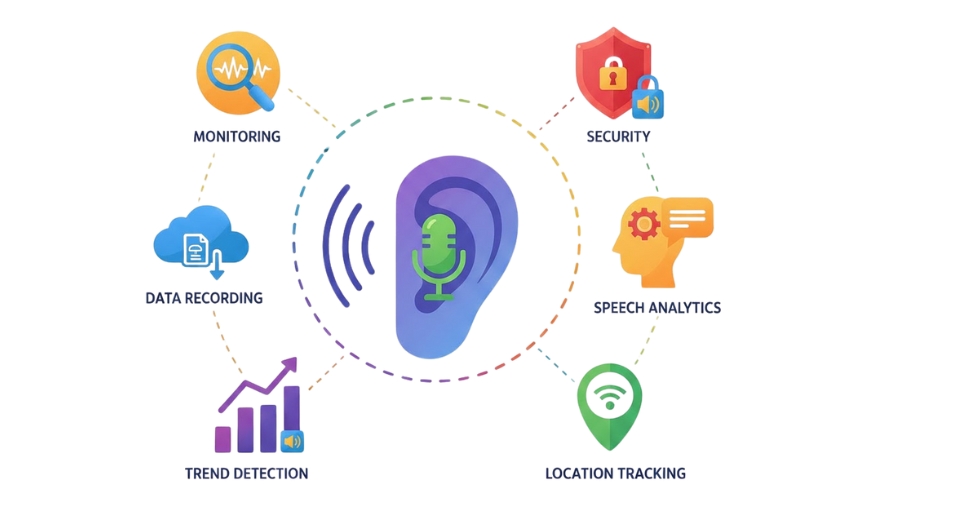
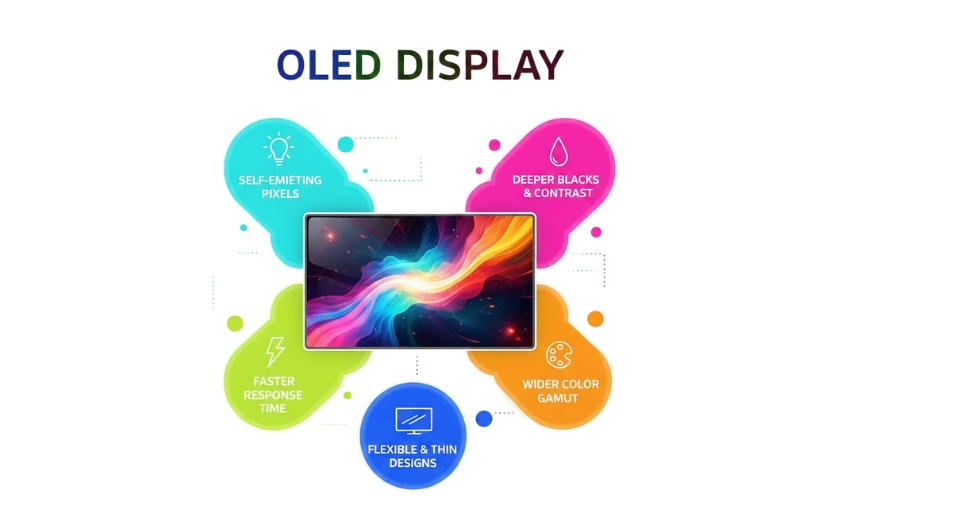
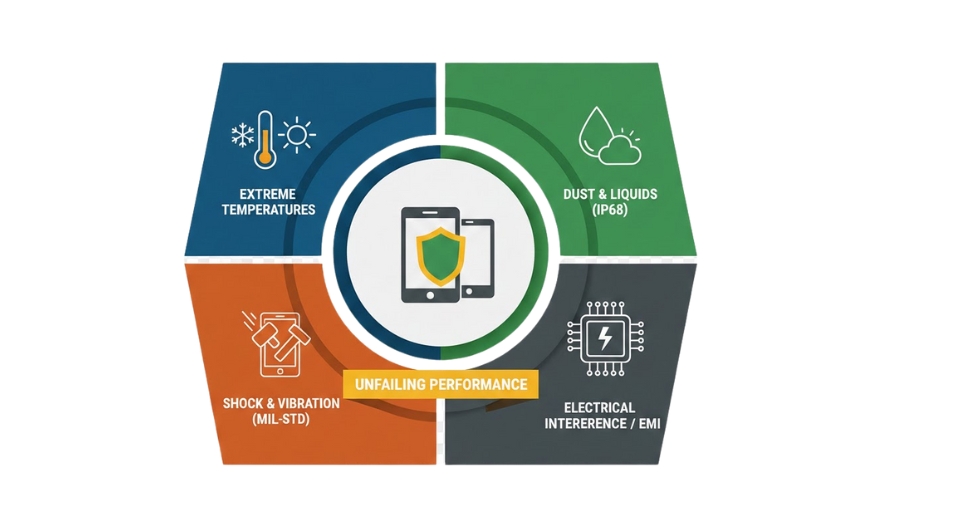


 US: +1 3023308252
US: +1 3023308252






